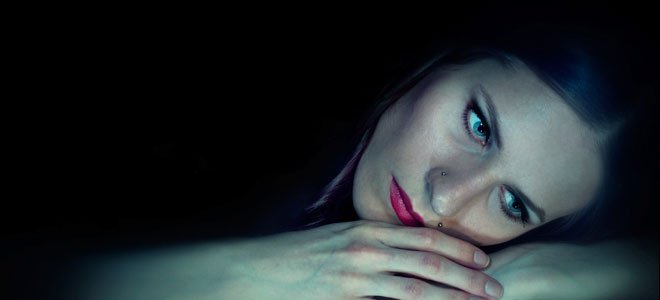Bipolar disorder is a psychiatric illness characterized by alternating opposite moods in very short periods of time. People who suffer from it (Mariah Carey is the last famous person to admit that she suffers from this disease) can go from states of mania to the deepest depression in a very short time and in processes that are usually cyclical. It is a disease that affects women and men equally. The most common age range for its appearance ranges from 15 to 25 years.
Causes of bipolar disorder
- It is unknown what causes these types of disorders, although researchers have come to the conclusion that there is no single trigger, but that the union of several factors ends up leading to disease. A higher incidence has been observed in people with a family history of bipolar disorder and also in patients with psychological problems.
- Excess emotional stress, both from moments of great happiness (great professional success, having a child) and failures (a layoff), drug use, suffering from insomnia and some types of antidepressants or alcohol can trigger an episode manic or depressive type.
Symptoms of bipolar disorder
- When in the manic phase, the patient may have any of the following behaviors, with different intensity depending on the person: easily distracted, sleep little, show poor judgment, get angry easily and with anger, behave in a reckless way and commit themselves in an exaggerated way. With any activity.
- In the depressive phase, the patient with bipolar disorder is invaded by sadness, eating disorders, difficulty concentrating, guilt, low self-esteem, extreme fatigue, suicidal desires, sleep disorders, and voluntary loneliness. These two phases can appear
- Separately or overlap each other.
Bipolar disorder treatment
The first thing that is used to alleviate the symptoms of bipolar disorder are drugs, trying to avoid sudden mood swings and the need for hospitalization, as well as suicidal desires. When drugs are not enough, they can be accompanied by other techniques, such as the electroconvulsive technique (under anesthesia) and Trans cranial magnetic stimulation directed to the affected areas of the brain. Medications help control the symptoms of this disorder, but the patient needs help or supervision to stay on the medication and take the correct doses.
Bipolar Disorder Precautions
- Not treating bipolar disorder can lead to serious problems. It is convenient to know your triggers such as alcohol or drug abuse, going through moments of emotional stress (especially if it involves personal problems) or if there are signs of suicidal thoughts or self-harm.
It is a difficult disease that the patient himself and those close to him must know in order to be able to face it with all possible tools. Do not let your guard down even if the medication is being taken correctly: some symptoms may remain and others may appear sporadically (or not).
- You have to lead a healthy lifestyle, with a good rest and away from drugs. In addition, the environment of the bipolar patient can help the doctor in his diagnosis since, on occasions, the patient may have impaired judgment and may not be aware of her situation.

